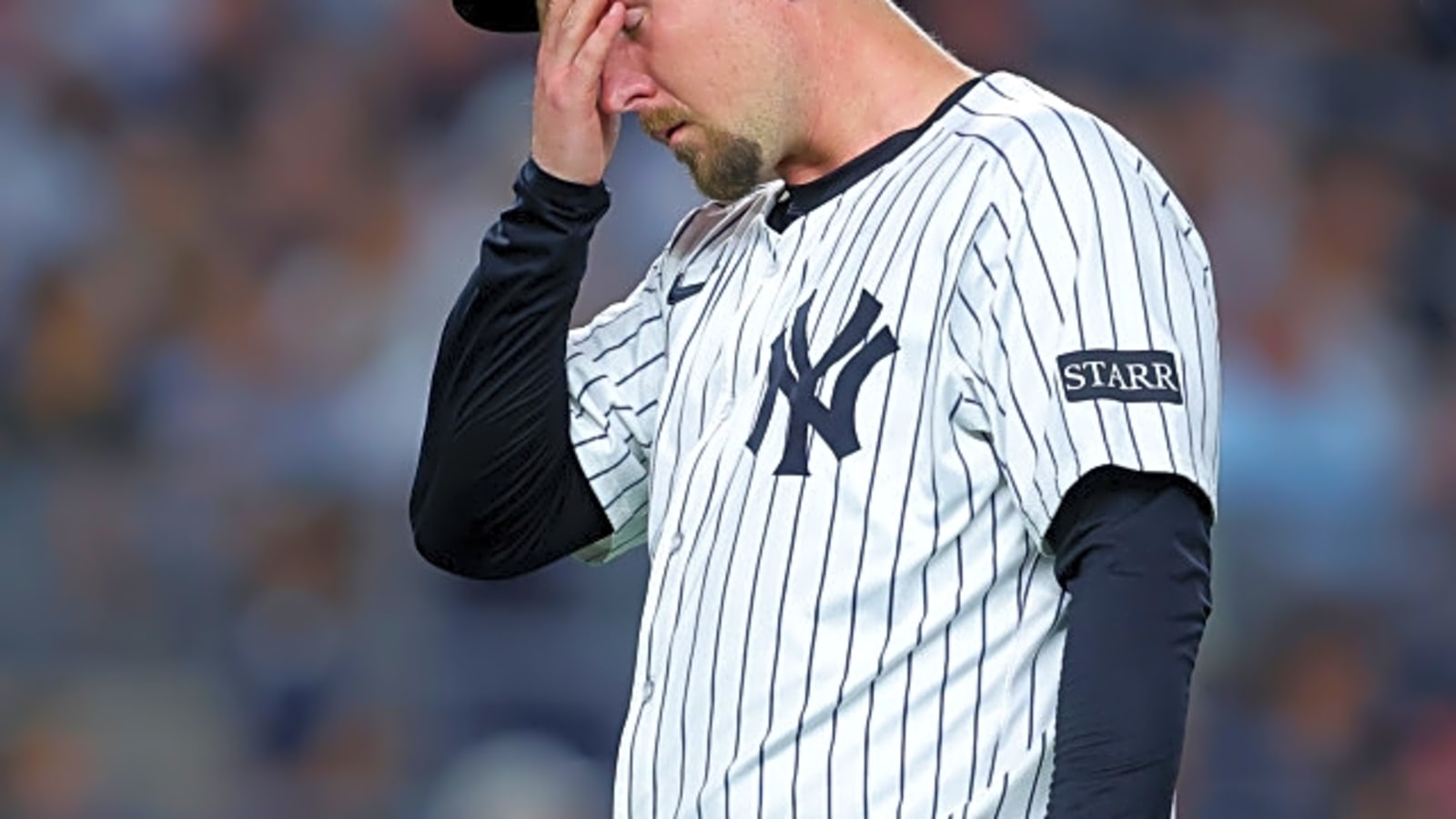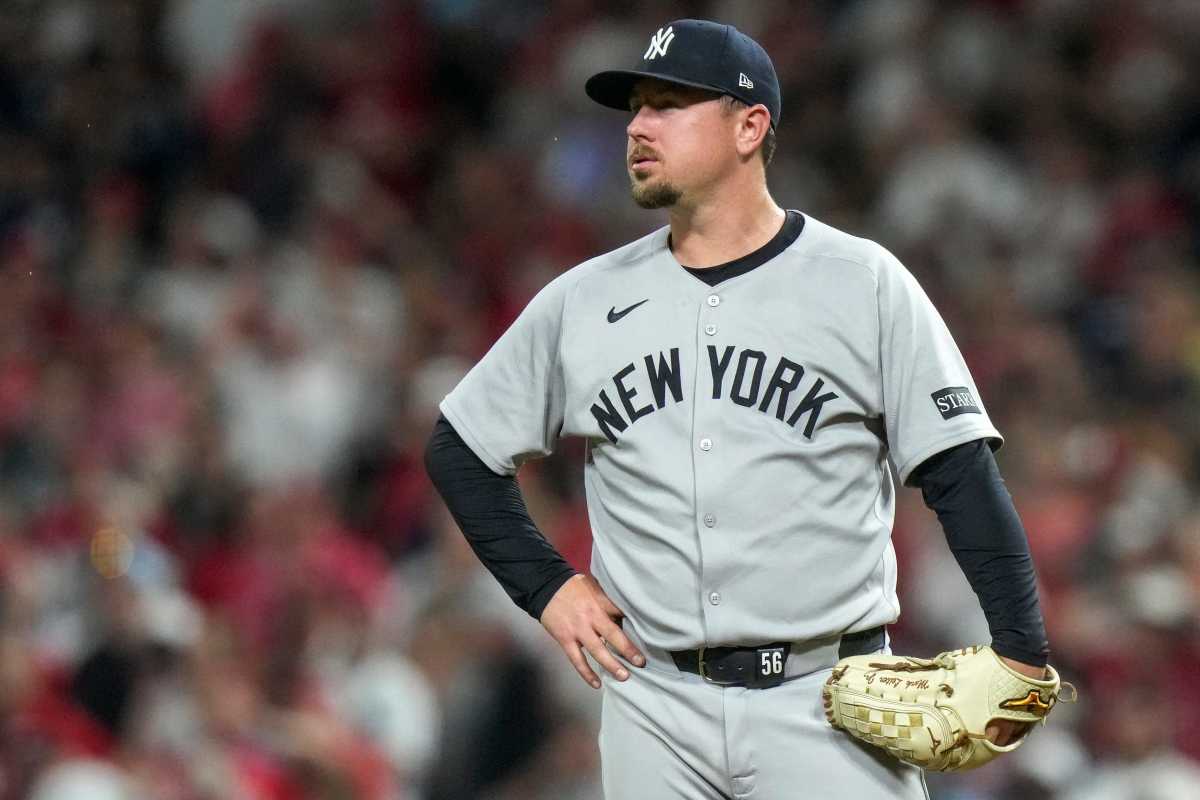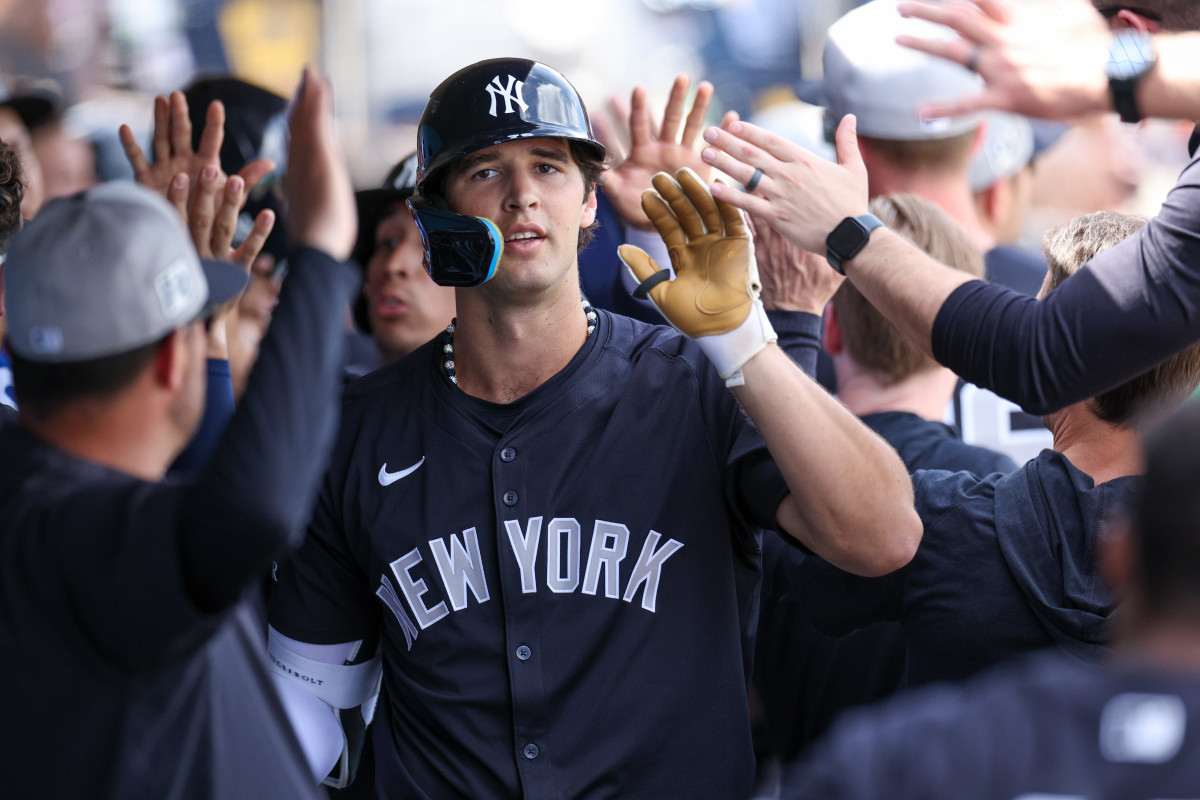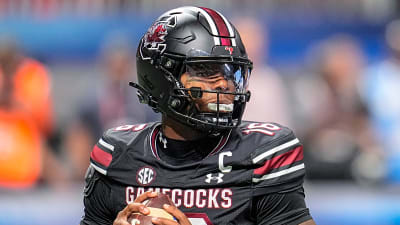
Highlights:
- The Yankees have two instant deadlines after the World Series: they have to reset their 40-man roster by Nov. 18 to prep for the Rule 5 Draft, then make non-tender calls on arbitration-eligible players by Nov. 21.
- Several bullpen arms are on the bubble, which could save roughly $10–12 million in projected 2026 arbitration money.
- New York ran a 2025 payroll of around $294 million — third-highest in MLB behind the Dodgers and Mets — and already has about $227 million committed for 2026 before arbitration raises hit.
The New York Yankees’ offseason starts the minute somebody else wins the World Series.
Right now, the Toronto Blue Jays and Los Angeles Dodgers are tied 1-1 heading into Game 3 of the World Series on October 27, 2025, with Max Scherzer lined up for Toronto and Tyler Glasnow for L.A. at Dodger Stadium. The Dodgers evened the series behind a Yoshinobu Yamamoto complete game in Game 2, the first World Series complete game since 2015.
For the Yankees, the fallout starts almost immediately after the trophy is handed out.
Within five days of the World Series ending, every club has to reinstate players from the 60-day injured list back onto the 40-man roster and make option decisions. After that comes the first real line in the sand: teams must set their 40-man “reserve list” by 4 p.m. ET on Nov. 18 to protect eligible prospects from the Rule 5 Draft.
Three days later, on Nov. 21, comes the non-tender deadline. That’s when the Yankees either offer contracts to their arbitration-eligible players for 2026…or they don’t, instantly turning those guys into free agents.
So before Brian Cashman even gets to chase a middle-of-the-order bat or another starter, he has to answer a simpler, colder question: who here are we still willing to pay?
The non-tender bubble is basically the bullpen
If you’re looking for where the axe can fall, start with the relief crew.
MLB.com has already flagged a group of Yankees right-handers — Jake Bird, Jake Cousins, Scott Effross, Ian Hamilton and Mark Leiter Jr. — as possible non-tender candidates ahead of that Nov. 21 deadline.
MLB Trade Rumors’ 2026 projections put Leiter Jr. at about $3 million, Effross around $800,000, Bird at roughly $1 million, Hamilton around $941,000 and Cousins about $841,000. Clarke Schmidt, who just had another elbow surgery, is projected at $4.9 million. Add it up and you’re looking at roughly $11.5 million for a tier of arms that either didn’t stick in the majors, got hurt, or are coming off shaky production.
Bird is a good example of the dilemma. The Yankees traded for him at the deadline, part of a bigger bullpen binge that also brought in late-inning names like David Bednar and Camilo Doval, then optioned Bird back to Triple-A days later after a rough start in pinstripes.That cost in prospects, plus a projected $1 million 2026 arbitration price tag, forces a real “keep or cut” call on someone who wasn’t exactly Mariano Rivera out of the gate.
Mark Leiter Jr. is another case. He went to a hearing with the Yankees last winter and lost, settling at $2.05 million for 2025, and now projects to cost about $3 million next year as an arbitration-eligible reliever coming off an IL stint.
And it’s not just pure arbitration guys.
The Yankees also have club-option calls. Lefty Tim Hill has a $3 million club option for 2026 (with a $350,000 buyout) after giving them a heavy-usage, ground-ball lefty look in 2025. Reports indicate the team is inclined to pick that up. Meanwhile, Jonathan Loáisiga has a $5 million club option for 2026, but he ended the year hurt again, and that option is widely expected to be declined.
All of this does two things. First, it frees actual cash. Second —and maybe more importantly —it frees 40-man spots.

The kids (and the injured vets) need roster spots
The Yankees don’t just need to cut costs. They need roster spot.
You only get 40 spots on the roster you protect from the Rule 5 Draft. If a player isn’t protected and meets the Rule 5 experience rules (basically: enough pro seasons without being added), another team can grab him in December and stash him on their big-league roster all year.
Spencer Jones is one of the big reasons this is urgent.
Jones, a 6-foot-7 left-handed outfielder with real center field reps, was promoted to Triple-A Scranton/Wilkes-Barre in late July and has basically spent the last two months auditioning for 2026 New York. He’s launched 30-plus homers across Double-A and Triple-A, run an OPS around .900 during hot stretches, and he’s doing it while actually playing center — not just left field.
MLB.com is already calling Jones “a lock” to be added to the Yankees’ 40-man roster this winter to keep him from being exposed in the Rule 5 Draft. He’s mentioned in the same breath as right-handers Elmer Rodriguez-Cruz and Chase Hampton as must-protect arms.
That’s one wave of pressure from below.

The money problem you can’t ignore
Let’s talk dollars, because this is why any of this is happening.
The Yankees just played a 94-win season, tied the Blue Jays atop the American League East, and then got bounced by Toronto in October. They did that with a 2025 payroll around $294 million — third in MLB, behind the Dodgers and Mets and just ahead of the Phillies. Hal Steinbrenner has said out loud that he doesn’t believe a $300 million payroll is automatically required to win a World Series.
He’s about to test that theory.
Per MLB Trade Rumors, the Yankees already sit around $227 million in guaranteed contracts for 2026, and that’s before calculating arbitration salaries.
The base Competitive Balance Tax line for 2026 is $244 million, with surcharge tiers kicking in at $264 million, $284 million and $304 million. Go past those lines and the penalties get steeper each year you stay over.
That means by the time you add in arbitration on impact players like Jazz Chisholm Jr. (projected $10.2 million), David Bednar ($9 million), Camilo Doval ($6.6 million) and even depth guys like Oswaldo Cabrera (about $1.2 million) and Anthony Volpe ($3.9 million), you’re basically walking right up to that first tax line again.
And this is before you even talk about buying help for a rotation that will open 2026 without Gerrit Cole and Clarke Schmidt at full health.
On top of that, the Yankees are carrying money for players who aren’t expected to contribute at all in 2026. They owe about $16 million in dead commitments next year — roughly $15 million still due to DJ LeMahieu and another $1 million owed to Aaron Hicks — even though neither is expected to play for them.
The one financial break they do get: some core young pieces are cheap. Ben Rice, a left-handed bat who debuted in 2024 and spent 2025 bouncing between first base, DH and even catching Max Fried, put up an OPS north of .800 with two-dozen homers as a pre-arb player.That lets the Yankees pencil him in at first base for 2026 without paying veteran first-base money.
What it means
Before the Yankees try to outbid the league for another middle-of-the-order lefty bat, or before they decide whether to chase one more frontline starter while Gerrit Cole and Clarke Schmidt heal, they have to survive the boring part: clearing space, trimming arbitration fat, and getting under control of the tax math.
The clock is already running.
More must-reads:
- Three potential Bryce Harper trade destinations as Phillies rumors swirl
- Orioles reportedly finalizing deal on next manager
- The 'ALCS MVPs' quiz
Breaking News
Trending News
Customize Your Newsletter
 +
+
Get the latest news and rumors, customized to your favorite sports and teams. Emailed daily. Always free!








